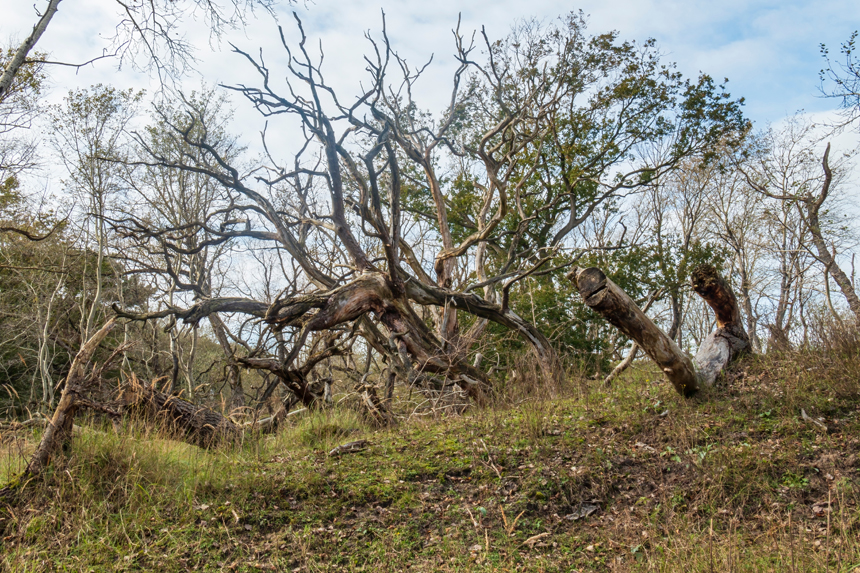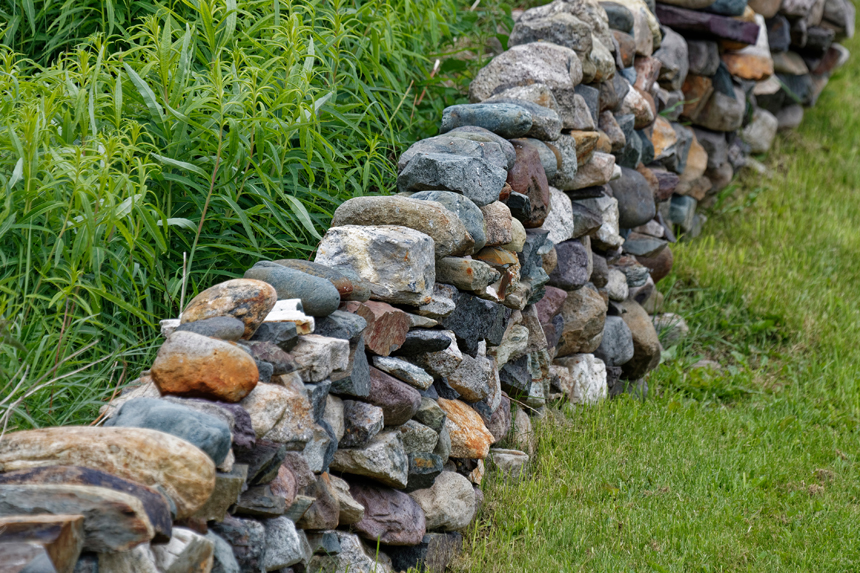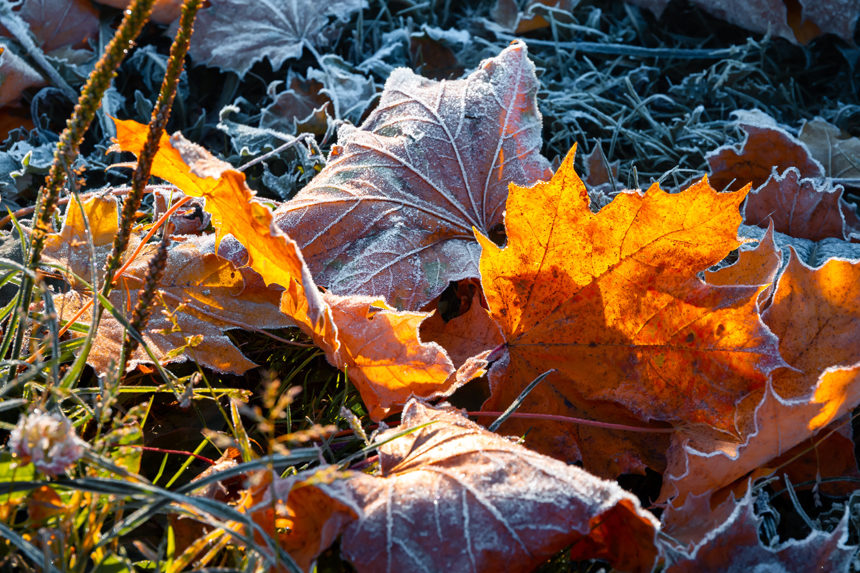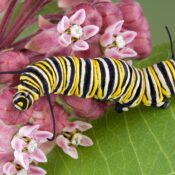In the face of a deepening climate crisis, it’s easy to feel as though there’s nothing we can do to help. Those of us with Laziness Syndrome (I’m sure it will be recognized as a medical condition one day) should take heart, because many times, “nothing” is the best thing we can do for the environment.
The urge help can unwittingly cause harm if we don’t have enough information. As Henry David Thoreau once wrote, “If I knew for a certainty that a man was coming to my house with the conscious design of doing me good, I should run for my life.” Mother Nature likely feels this way as she watches us “assist” her to disastrous ends: Kudzu in the Southeast, mongoose in Hawaii, and the Asian multicolored ladybeetles that invade our homes each fall are a few instances of us being too helpful.
“Forest Improvement” is one case in point. The pandemic-driven rush to the country gave a lot of new homeowners wooded lots or perhaps a few acres. Those who are keen to be good stewards often don’t realize the best thing they can do for their land is probably to leave it alone. Dead standing trees are vital for at least 30 bird species that either nest in cavities or shelter in them, and a lot of what looks like “brush” is key native understory, including witch hazel, moose maple and spicebush. Even a jumble of downed trees should be left so the trunks and branches can decay and slowly release nutrients into the soil. A neat forest is a sick forest – just relax.

An even better example of where doing less is better for nature is in the realm of pollinator protection. The stunning die-off of insects over the past 25 years has decimated our native bees, with some species at critically low population levels. (Native bees are different from honeybees, which contribute little to food production other than some industrial-scale nut and fruit orchards.) Our native bees, along with moths, butterflies, wasps, flies, beetles and other insects, do nearly all the pollinating of wild and domestic crops.
To support native pollinators through the growing season, some people create pollinator gardens with flowers of many shapes, colors, and sizes that bloom at various times. Hats off to anyone who can do this, but for those without the time, energy, or space for such projects, there’s a simple way to protect pollinators: quit doing yard work. If you’re able to designate a “no-mow zone,” even just a strip near the back fence, a natural pollinator garden will move in. Asters, goldenrod (which by the way don’t cause allergies), milkweed, and other flowers will soon volunteer. Plants like raspberry and elderberry often join the party after a few years.

Saving bees of all stripes will take a change in mindset regarding landscape aesthetics. The assertion that cleanliness is next to godliness has yet to be scientifically proven, but research indicates neat, well-coiffed landscapes are pollinator deserts, lacking the diversity of plants native bees require to survive. Anything we can do to stamp out undue tidiness and allow “wild” into our neighborhoods will do wonders for pollinators and help keep food on our tables.

Practicing inertia in our yard when branches are bare is just as vital as doing nothing when leaves are green. At first blush it seems odd to claim pollinator protection is a year-round consideration. But except for the monarch butterfly, our beneficial insects stay put when cold weather sets in, and to survive need sheltered, leafy, messy places to overwinter. That’s where we can make a difference by our meticulous, thorough lack of movement.
While honeybee colonies remain intact in winter, most other bees die at the end of each season, and the same with wasps. Mated queens, however, seek places to hibernate.
Hands down, bumblebees are the most efficient and essential pollinators in North America. Not only do they work longer days than other bees, they vibrate the air at a frequency perfect for shaking loose pollen, doing “fly-by pollination” when they pass near flowers. Of any bee, they deserve protection in winter. According to the National Wildlife Foundation:
Because most queens overwinter in small holes on or just below the ground’s surface, avoid raking, tilling or mowing your yard until April or May. If you do need to mow, do so with the mower blade set at the highest safe level and leave fallen leaves where they fall on your property. It’s natural mulch and offers cover for bumblebees.

Though often overlooked because they’re tiny, solitary (non-colonial) bees like mason and leafcutter bees are next on the list of crucial pollinators. Wisconsin Pollinators, a project of the University of Wisconsin at Madison, advises that solitary bees “…may overwinter in hollow plant stems — something you should be aware of! As you begin to tidy up your garden for the winter — especially if they are thinking of burning or removing the plant stems, you may be destroying solitary bee nests.”

There you have it on good authority: We can do a lot of good by not doing. Laziness may yet save the world.
Become a Saturday Evening Post member and enjoy unlimited access. Subscribe now




Comments
Really good information here where doing nothing (or leaving things alone) is doing a lot for the environment, particularly the fragile bee population.